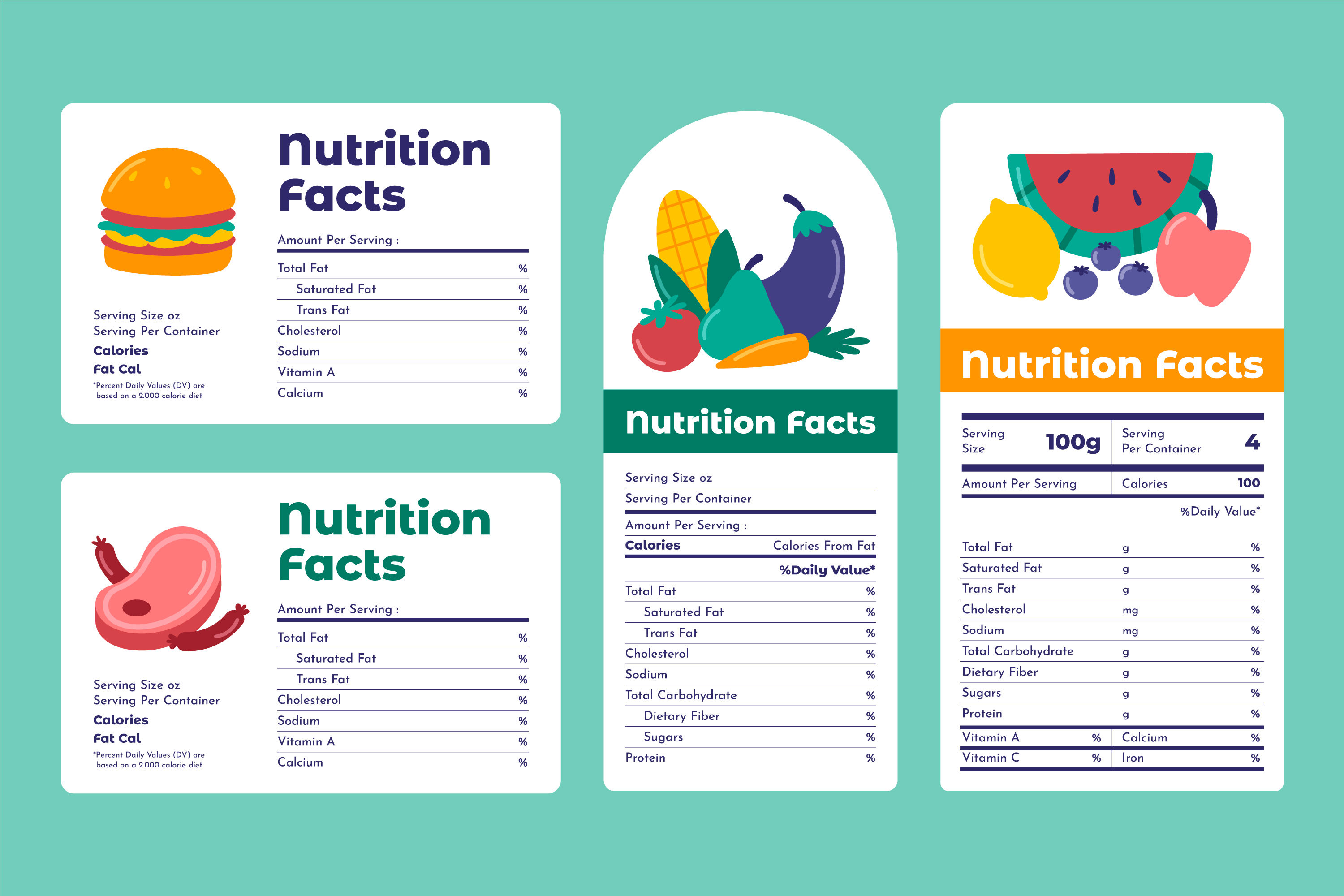Diabetes Management
Decoding Food Labels for Effective Diabetes Management
2 min read
By Apollo 24|7, Published on - 11 March 2024
Share this article
0
0 like

Informed food choices are crucial in managing diabetes, and they start with deciphering the information on food packs. But how do you interpret all those percentages, grams, and nutrient claims? Let's break down the key aspects.
Decoding Nutrient Claims
It's important to clearly understand food labels that indicate the amount of fat in the product, such as 'fat-free,' 'low fat,' or 'reduced fat.' These terms' meanings can be complicated and require appropriate contextualization. For instance, a product labeled as
- Fat-free: should contain less than 0.5 grams of fat per serving,
- Low fat: should contain no more than 3 grams of fat per serving,
- Reduced fat: products should have at least 25% less fat than the regular version.
Knowing these definitions can help you make an informed decision about the nutritional value of your food product.
Nutrient Guidelines for Diabetes Management
As per dietary guidelines:
- Limit nutrients like sodium and saturated fat to less than 5% of your daily caloric intake.
- Aim for 20% or more essential nutrients like fibers, proteins, and specific vitamins and minerals.
- Monitor sugar alcohols and complex carbohydrates, which can significantly impact blood sugar levels.
Ingredient Lists: A Peek into What You're Eating
Ingredients are listed by weight, from highest to lowest. Beware of added sugars and unhealthy ingredients listed at the top. The presence of such components in large amounts can harm your health. Knowing the ingredients helps make healthy choices like increasing fiber (look for words, whole grain, whole wheat, etc.) or decreasing sugar (look for words, cane sugar, agave, maple syrup, honey, etc.).
Demystifying Percent Daily Values
The Percent Daily Values (%DV) indicate what percent of each nutrient the food provides based on a 2,000-calorie-per-day diet. Understanding these values allows you to make better nutritional choices that align with your dietary needs.
The Importance of Serving Size
Note that the serving size listed on labels impacts your calorie intake. To manage your food consumption effectively, distinguish between serving size (the standardized amount for comparing nutrients) and portion size (the amount of food you choose to eat at one time).
Deciphering Calories and Nutrients
Understanding the calorie content, the breakdown of nutrients, and the % Daily Value is vital. These values directly influence your energy intake and nutritional balance. Adjust them based on your individual needs, especially if you have diabetes.
In conclusion, reading and understanding food labels can dramatically improve your ability to manage diabetes. It equips you with the knowledge to make healthier choices and take control of your condition. So, the next time you pick up a food item, remember to flip it over and check the label!
Diabetes Management
Consult Top Diabetologists
View AllLeave Comment
Recommended for you

Diabetes Management
Is Central Diabetes Insipidus Different Than Diabetes Mellitus?
Central Diabetes Insipidus (DI) and Diabetes Mellitus are distinct. Central DI lacks vasopressin, affecting water balance. Diabetes Mellitus, Type 1 and Type 2, involves insulin issues affecting glucose. Treatment: DI, vasopressin replacement; DM, lifestyle changes, meds, insulin. Recognizing these differences is crucial for accurate management.

Diabetes Management
Managing Diabetic Neuropathy: Tips For Relieving Pain and Discomfort
While there's no cure, symptom management for relieving pain and discomfort is crucial for managing diabetic neuropathy. Tips include controlling blood sugar levels through a healthy lifestyle, medications prescribed by your doctor, regular exercise, and proper foot care. Pain relief options may include prescription pain relievers, antidepressants, and anticonvulsants. Consult a healthcare professional to create a personalised plan for managing diabetic neuropathy, which can help improve your quality of life.

Diabetes Management
What is the Role of Personalised Medicine in Diabetes Care?
Personalized medicine is transforming diabetes care, customizing treatments based on genetic factors and individual needs. Gene variations influence risk assessment and treatment decisions for both Type 1 and Type 2 diabetes. This approach includes setting personalized glycemic targets, tailored diet and exercise plans, continuous glucose monitoring, and early intervention strategies. It also addresses diabetes-related complications and provides crucial psychosocial support for mental well-being.
Subscribe
Sign up for our free Health Library Daily Newsletter
Get doctor-approved health tips, news, and more.
Visual Stories

8 Fruits That are Incredibly Healthy for Diabetes
Tap to continue exploring
Recommended for you

Diabetes Management
Is Central Diabetes Insipidus Different Than Diabetes Mellitus?
Central Diabetes Insipidus (DI) and Diabetes Mellitus are distinct. Central DI lacks vasopressin, affecting water balance. Diabetes Mellitus, Type 1 and Type 2, involves insulin issues affecting glucose. Treatment: DI, vasopressin replacement; DM, lifestyle changes, meds, insulin. Recognizing these differences is crucial for accurate management.

Diabetes Management
Managing Diabetic Neuropathy: Tips For Relieving Pain and Discomfort
While there's no cure, symptom management for relieving pain and discomfort is crucial for managing diabetic neuropathy. Tips include controlling blood sugar levels through a healthy lifestyle, medications prescribed by your doctor, regular exercise, and proper foot care. Pain relief options may include prescription pain relievers, antidepressants, and anticonvulsants. Consult a healthcare professional to create a personalised plan for managing diabetic neuropathy, which can help improve your quality of life.

Diabetes Management
What is the Role of Personalised Medicine in Diabetes Care?
Personalized medicine is transforming diabetes care, customizing treatments based on genetic factors and individual needs. Gene variations influence risk assessment and treatment decisions for both Type 1 and Type 2 diabetes. This approach includes setting personalized glycemic targets, tailored diet and exercise plans, continuous glucose monitoring, and early intervention strategies. It also addresses diabetes-related complications and provides crucial psychosocial support for mental well-being.


